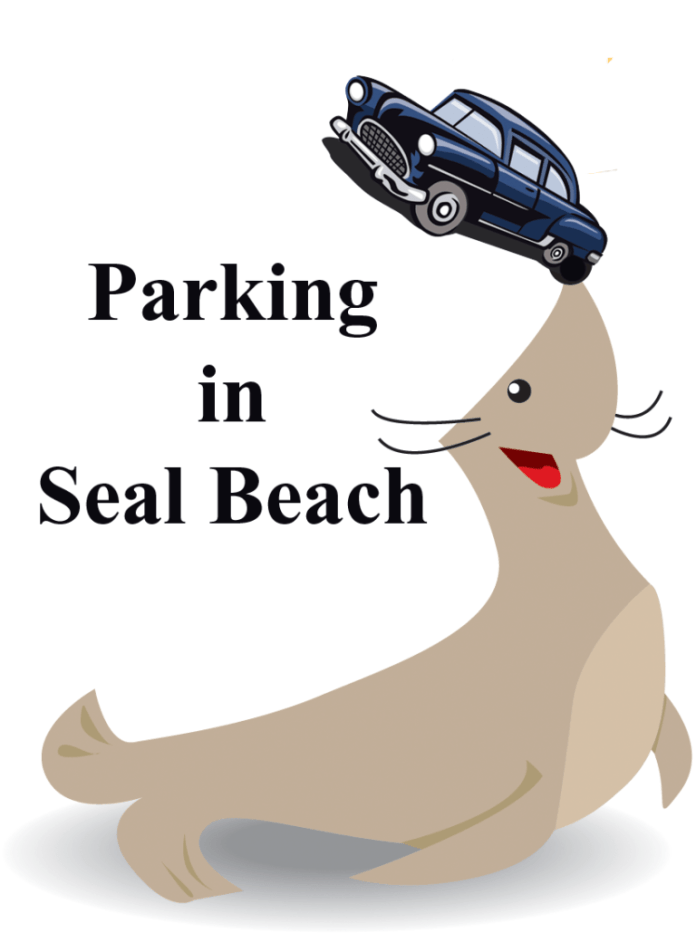A Seal Beach business must provide a certain amount of parking space. However, a business can work around that requirement by paying an “in lieu” fee.
The “in lieu parking” program began in 1984, according to the Main Street Specific Plan as amended in 2024.
“The In-Lieu Parking Fee and the formula for calculating said fee shall be established by Resolution of the City Council,” according to the Specific Plan.
For example, when the Planning Commission approved a permit to change the former Bank of America branch building into a restaurant space the building owners were charged $140,000 to cover the in lieu parking cost.
“In order to comply with the In-Lieu Parking Program, under the City’s cost recovery program, at time of project approval the applicant/owner must pay an initial fee of $140,000 (calculated at $3,500 per deficient space), and an annual payment of $4,000 (calculated at $100 per deficient space),” according to the Feb. 19, 2025 Planning Commission staff report.
How much does in
lieu parking bring in?
According to the proposed Seal Beach budget for 2025-26, the budget, the actual in lieu parking revenue for 2023-24 was $7,266. For 2024-25, the estimated actual revenue was put at $7,200. For 2025-26, the proposed budget put the expected revenue at $7,200.
How much per space?
The number of required spaces varies by business. For example, restaurants are required to have one parking space for 100 square feet, according to a February 2025 report to the Planning Commission.
Since Sept. 1, 1996, the city charges $3,500 for each physical parking space that is not provided, according to a footnote in the proposed 2025-26 budget.
Background
• According to the minutes of the June 14, 1993 City Council meeting:
The director of the Department of Development Services of that time gave the council a presentation on the city’s interim in-lieu parking program.
“The Director reported that upon calculating all of the parking provided by the businesses, the parking along Main Street, and the three lots adjacent to Main Street, there is a deficiency of four hundred seventy-four spaces based upon the zoning requirements for the current uses, one hundred ninety-six of those spaces have been granted by the city for restaurant and various changes of use requiring a CUP and are part of the interim in-lieu program, therefore there is a deficiency of about two hundred seventy-five spaces for current uses that are not required to come to the City for approval,” according to the minutes.
• The director in 1993 recommended looking at parking on Main Street the same way you would look at parking in a shopping center, according to the minutes.
The director in 1993 advised the council to direct staff to begin the process of selecting a consultant to prepare an analysis to comply with Assembly Bill 1600. (See below.)
• The City Council on Jun 24, 1996, held a public hearing on the proposed Main Street Specific Plan. The plan provided a program for paying a fee to the city for each parking space that could not physically be provided by what exists on a particular property.
“The Director explained that the AB 1600 fee is derived by developing two different programs, the first an improvement program with estimates of cost, the second the revenue sources available to meet the cost of the improvements, the shortage between the two is the amount of money that would then be funded through the AB 1600 program,” according to the minutes.


